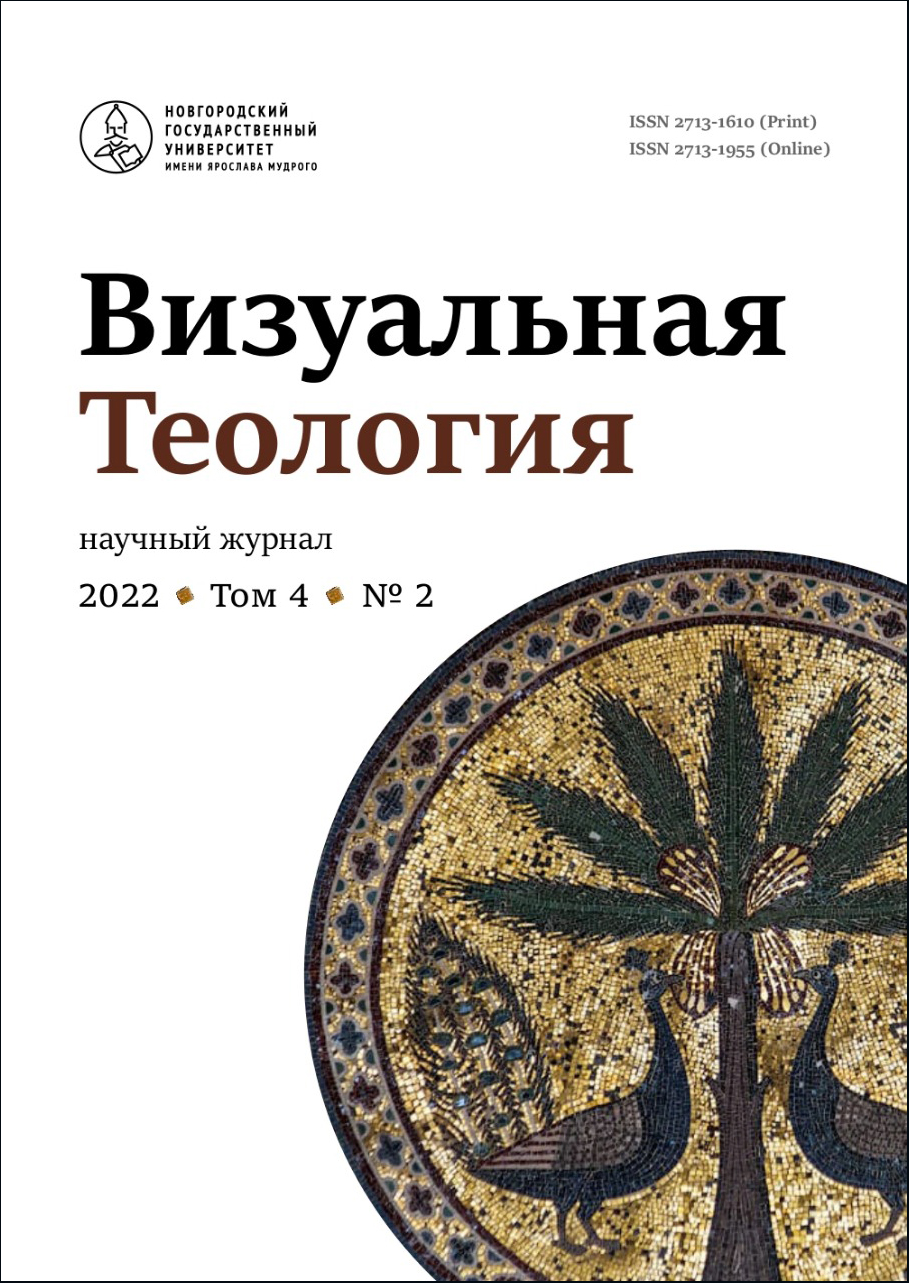Revolutionary Architecture of the Russian Avant-Garde in Value-Civilization Tradition (V. Tatlin, K. Melnikov, I. Leonidov)
Abstract
In the architectural works of the leaders of the Russian avant-garde, the most acute innovative proposals are implemented without violating the framework of the historically established value-civilization format. This is especially vividly reflected in the famous project of the tower by architect V. Tatlin (1919), in the project of “The Red Pavilion” in Paris by architect K. Melnikov (1925) and especially in the competitive projects of the building of the People’s Commissariat of Heavy Industry (Narkomtiazhprom) on Red Square by architects Konstantin Melnikov and Ivan Leonidov (1934). Guided by deep traditional ideas, the authors sought to spiritualize the new building of the People’s Commissariat of Heavy Industry on the main square of the country. Developing the centuries-old theme of Moscow architecture – the idea of unity and salvation of the world – the avant-gardists of the 20th century embodied it anew, on a different scale and with new means.



